All Photos(1)
About This Item
Empirical Formula (Hill Notation):
C8H12
CAS Number:
Molecular Weight:
108.18
Beilstein:
2321915
EC Number:
MDL number:
UNSPSC Code:
12352100
PubChem Substance ID:
NACRES:
NA.22
Recommended Products
grade
technical
Quality Level
Assay
≥95% (GC)
refractive index
n20/D 1.494
bp
142-144 °C (lit.)
density
0.873 g/mL at 20 °C (lit.)
storage temp.
2-8°C
SMILES string
C1CCC=CC=CC1
InChI
1S/C8H12/c1-2-4-6-8-7-5-3-1/h1-4H,5-8H2/b3-1-,4-2-
InChI key
RRKODOZNUZCUBN-CCAGOZQPSA-N
Related Categories
General description
Enantiodifferentiating geometrical photoisomerizations of (Z,Z)-1,3-cyclooctadiene was studied using "cyclodextrin nanosponge", as a supramolecular sensitizing host. Dendrimer-encapsulated Pd-Rh bimetallic nanoparticle catalyzed partial hydrogenation of 1,3-cyclooctadiene has been reported.
Application
1,3-Cyclooctadiene has been used in the preparation of 2-cyclooct-2-en-1-yl-1,3-cyclooctadiene, a novel bicyclic triene.
Signal Word
Danger
Hazard Statements
Precautionary Statements
Hazard Classifications
Asp. Tox. 1 - Flam. Liq. 3
Storage Class Code
3 - Flammable liquids
WGK
WGK 3
Flash Point(F)
77.0 °F - closed cup
Flash Point(C)
25 °C - closed cup
Personal Protective Equipment
dust mask type N95 (US), Eyeshields, Gloves
Choose from one of the most recent versions:
Already Own This Product?
Find documentation for the products that you have recently purchased in the Document Library.
Customers Also Viewed
Partial hydrogenation of 1, 3-cyclooctadiene using dendrimer-encapsulated Pd-Rh bimetallic nanoparticles.
Chung Y-M and Rhee H-K.
J. Mol. Catal. A: Chem., 206(1), 291-298 (2003)
Metal-mediated dimerization of 1, 3-cyclooctadiene to 2-cyclooct-2-en-1-yl-1, 3-cyclooctadiene: a novel bicyclic triene.
Debad JD, et al.
Journal of the American Chemical Society, 115(5), 2051-2052 (1993)
Wenting Liang et al.
Beilstein journal of organic chemistry, 8, 1305-1311 (2012-09-29)
Enantiodifferentiating geometrical photoisomerizations of (Z)-cyclooctene and (Z,Z)-1,3-cyclooctadiene were performed by using the pyromellitate-linked cyclodextrin network polymer, termed "cyclodextrin nanosponge (CDNS)", as a supramolecular sensitizing host. The photochirogenic behavior of the nanosponges incorporating β- or γ-cyclodextrin was significantly different from that
Our team of scientists has experience in all areas of research including Life Science, Material Science, Chemical Synthesis, Chromatography, Analytical and many others.
Contact Technical Service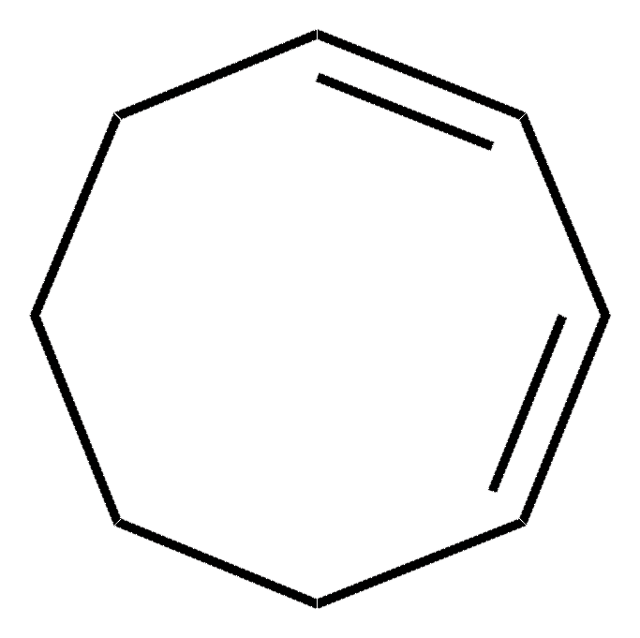
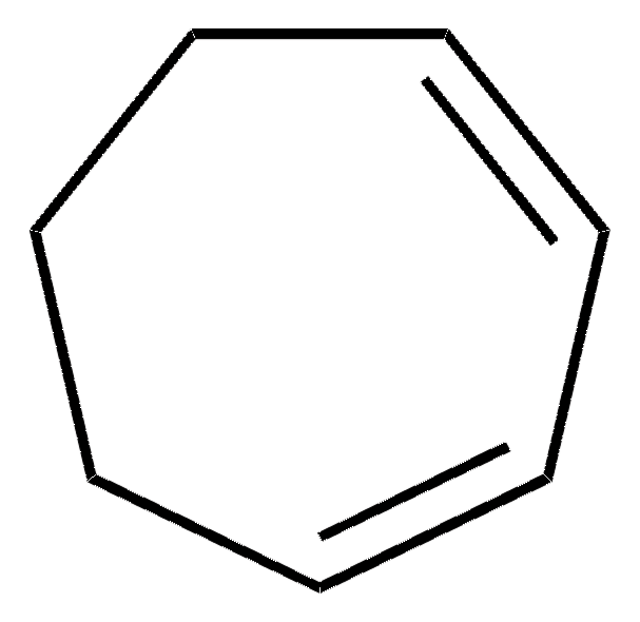
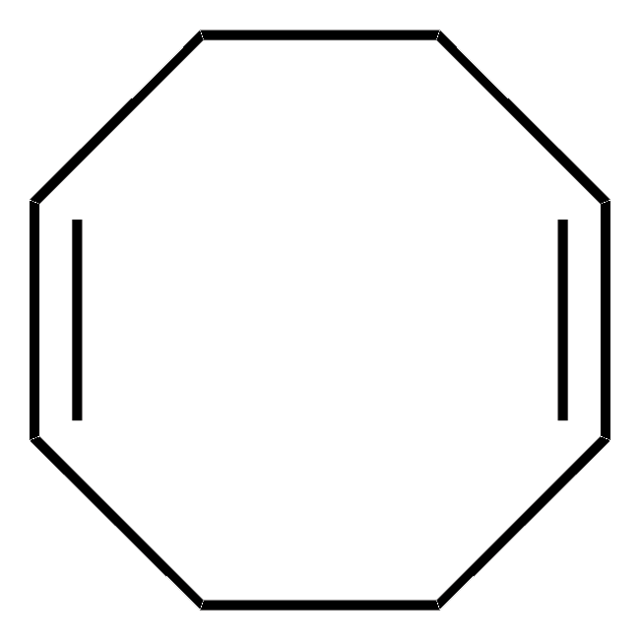

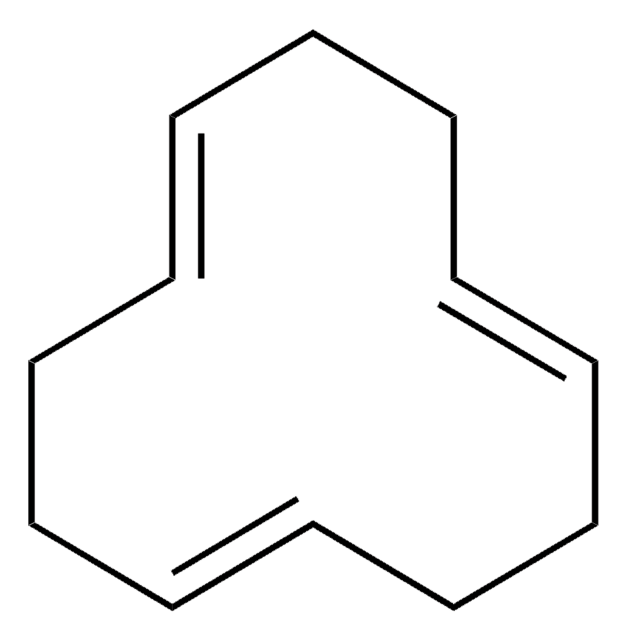
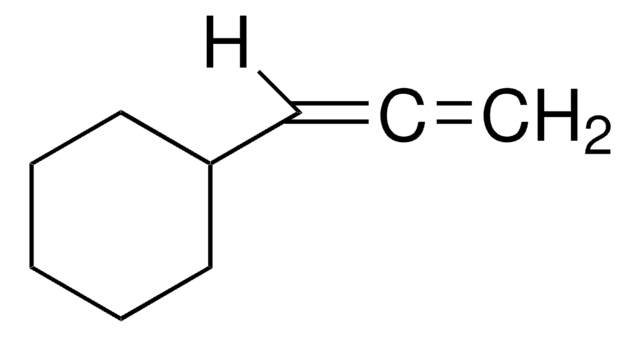
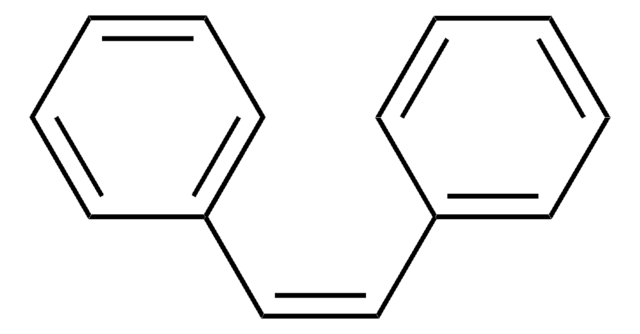
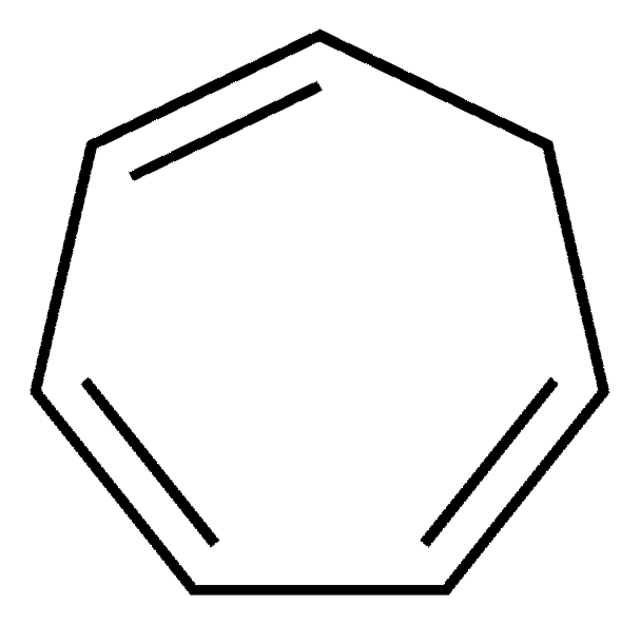
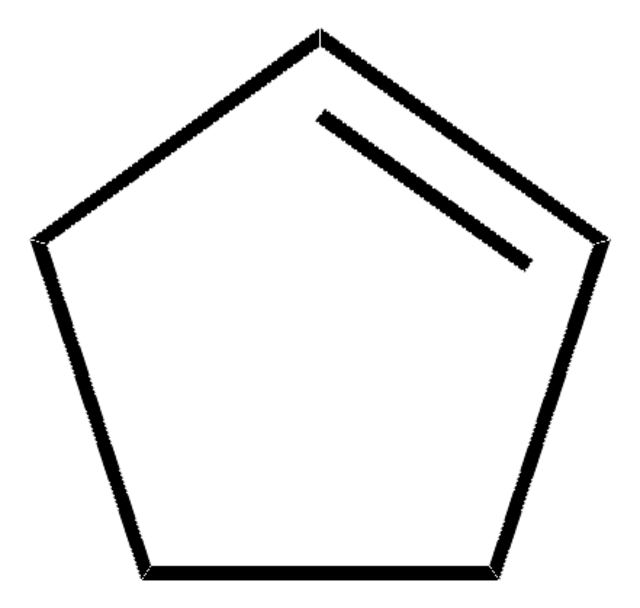


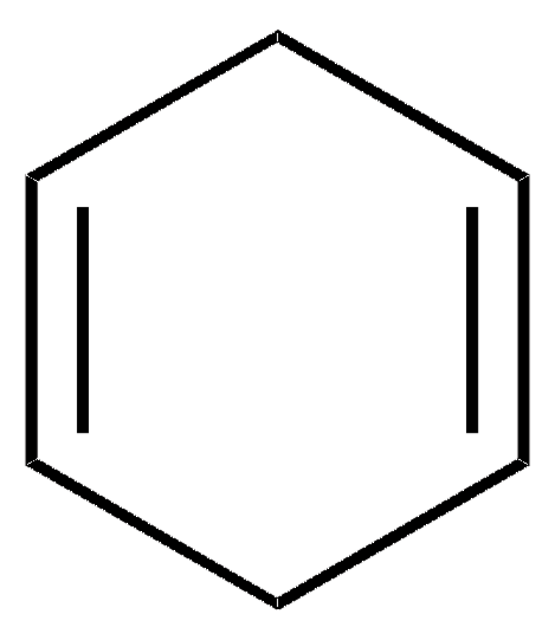
![Bicyclo[2.2.1]hepta-2,5-diene 98%](/deepweb/assets/sigmaaldrich/product/structures/304/819/dfa7c176-c370-4fb5-acf1-28d751241a50/640/dfa7c176-c370-4fb5-acf1-28d751241a50.png)